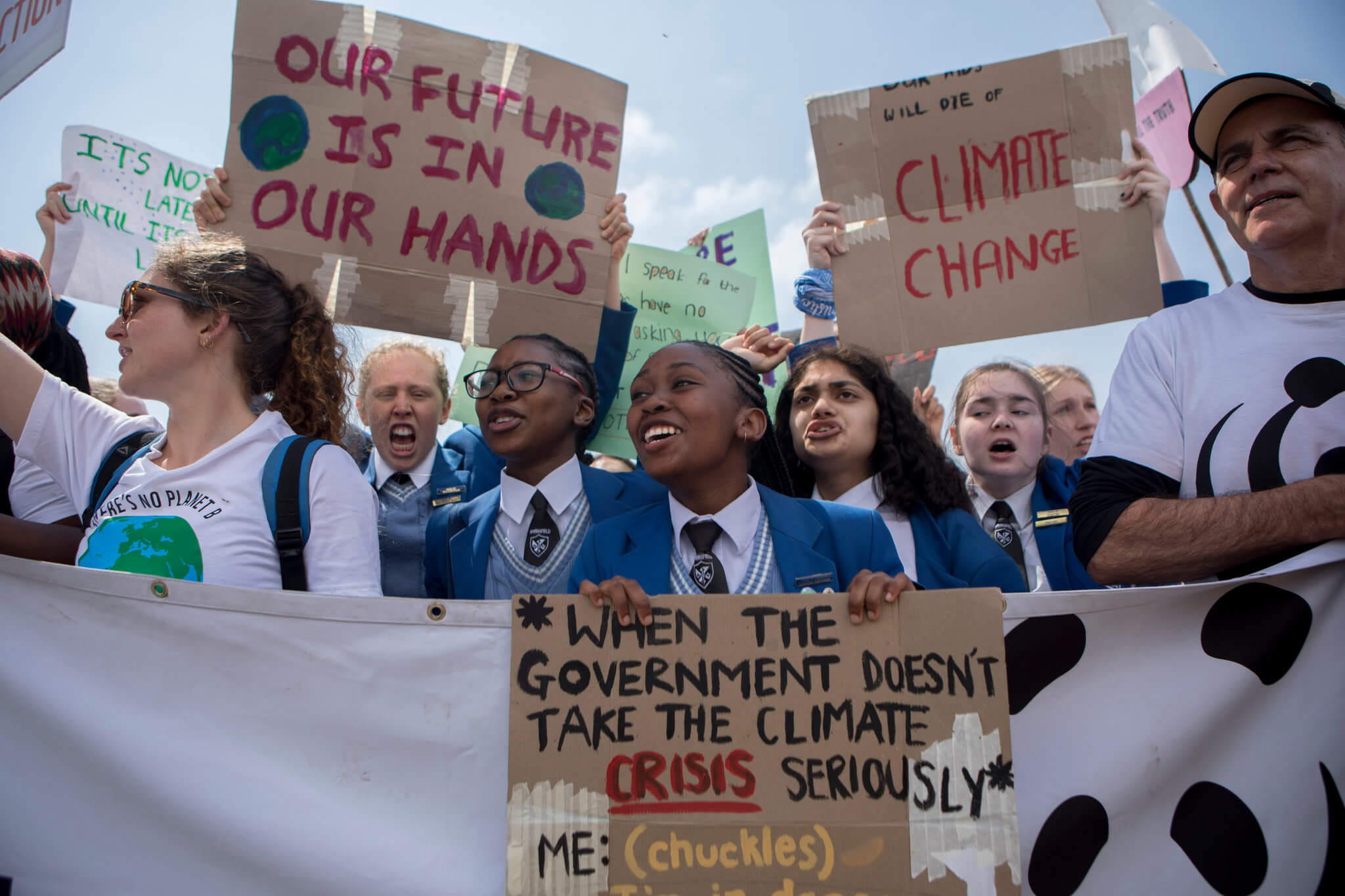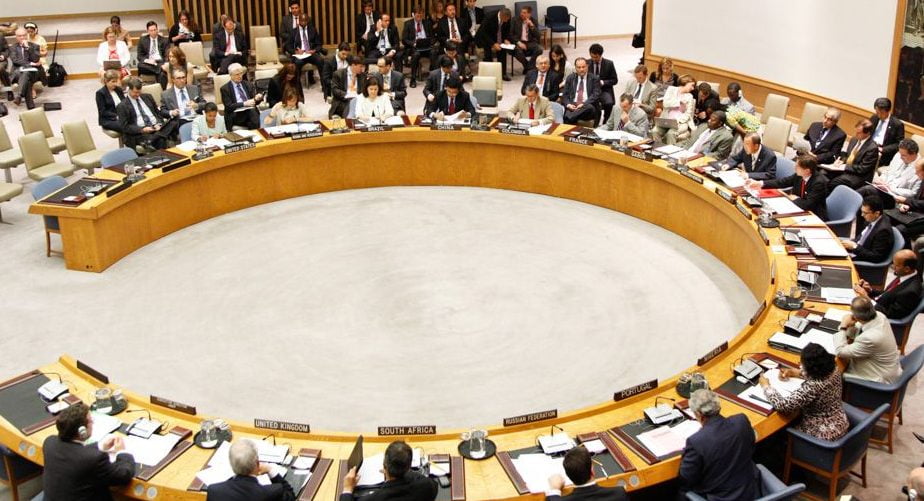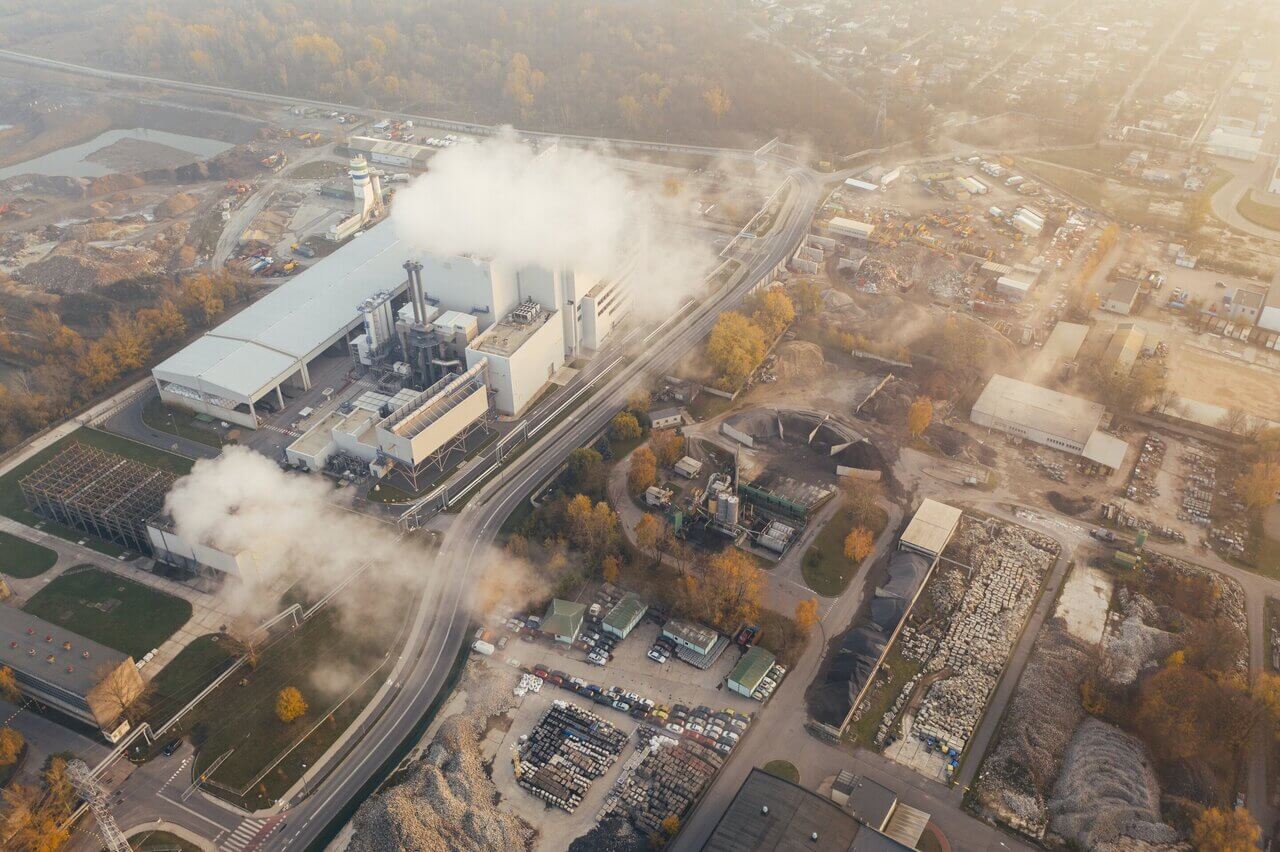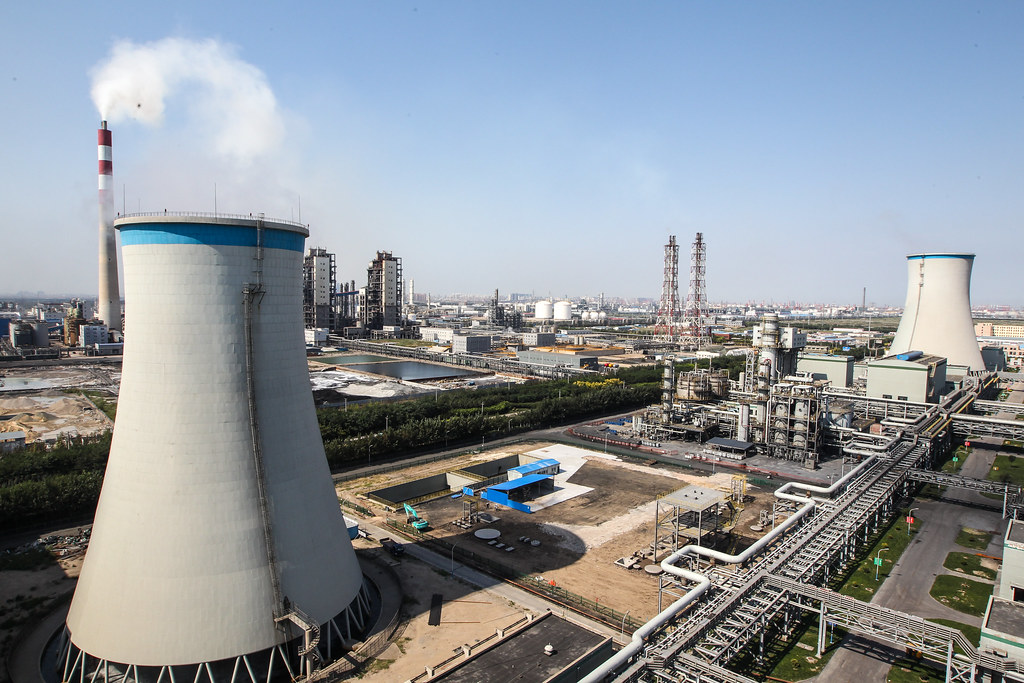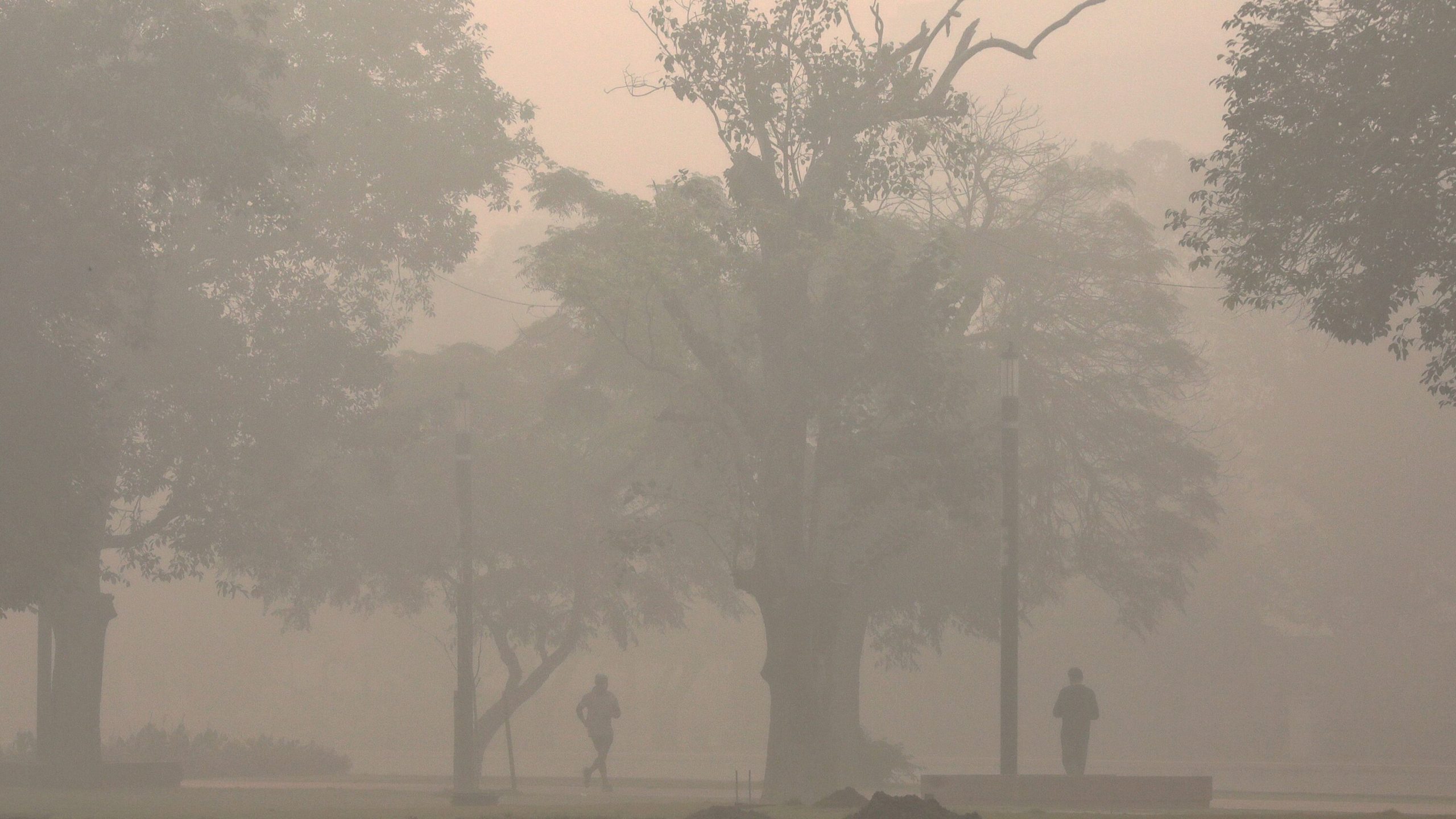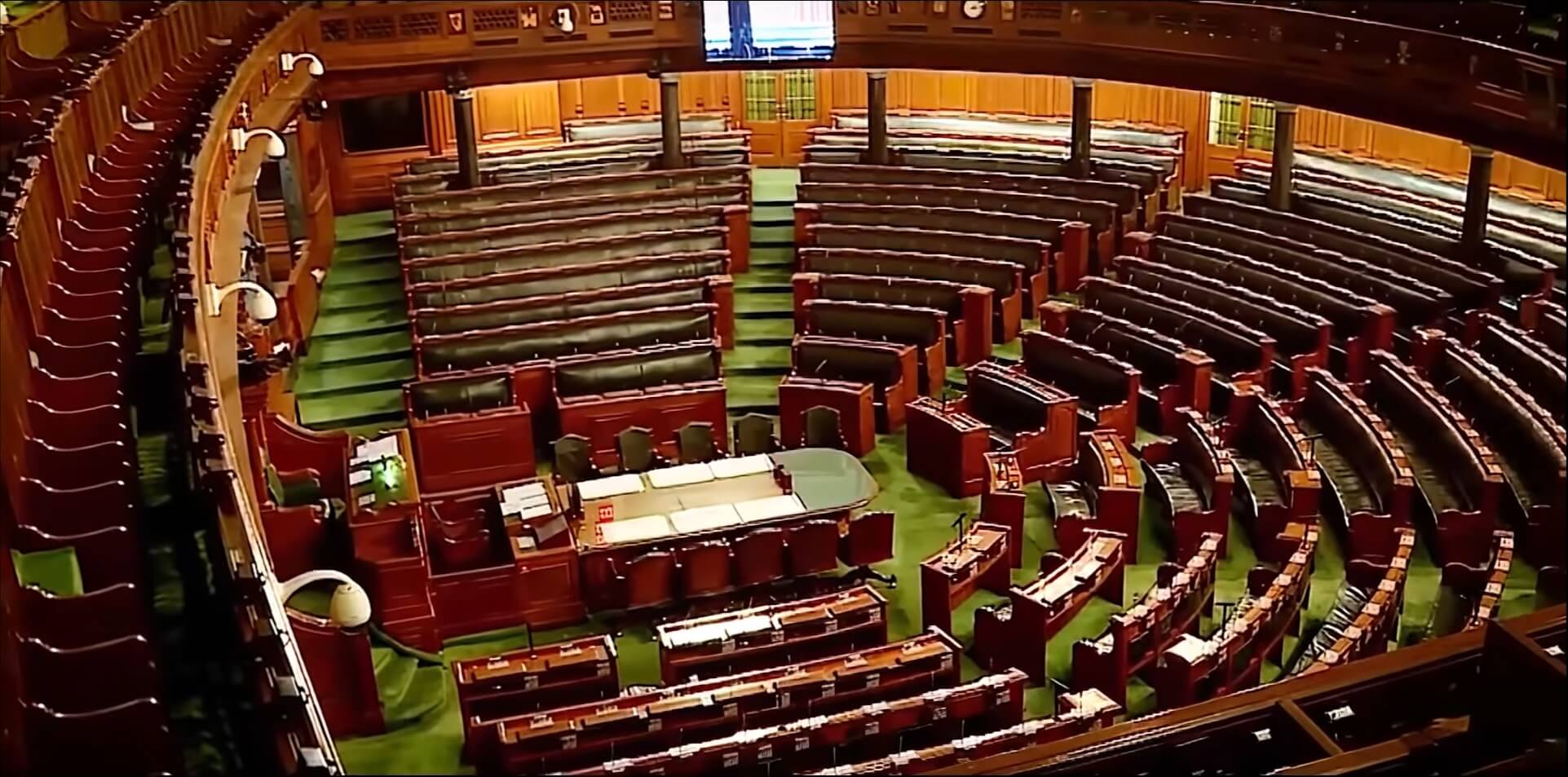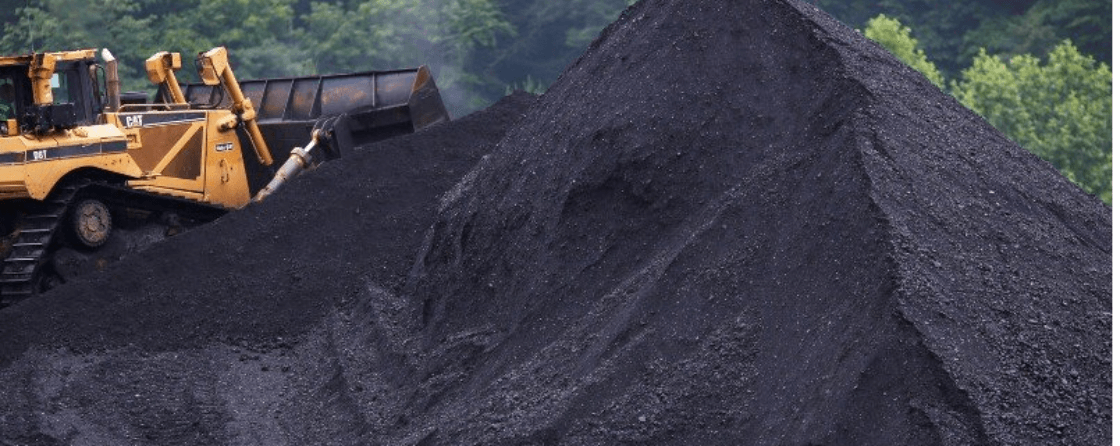Introduction
Growing political pressure to find solutions to climate change is leading to increasing calls for multiple disciplines, in particular those that are not traditionally part of climate change research, to contribute new knowledge systems that can offer deeper and broader insights to address the problem. Recognition of the complexity of climate change compels researchers to draw on interdisciplinary knowledge that marries natural sciences with social sciences and humanities. Yet most interdisciplinary approaches fail to adequately merge the framings of the disparate disciplines, resulting in reductionist messages that are largely devoid of context, and hence provide incomplete and misleading analysis for decision-making. For different knowledge systems to work better together toward climate solutions, we need to reframe the way questions are asked and research pursued, in order to inform action without slipping into reductionism. We suggest that interdisciplinarity needs to be rethought. This will require accepting a plurality of narratives, embracing multiple disciplinary perspectives, and shifting expectations of public messaging, and above all looking to integrate the appropriate disciplines that can help understand human systems in order to better mediate action.
Read more

